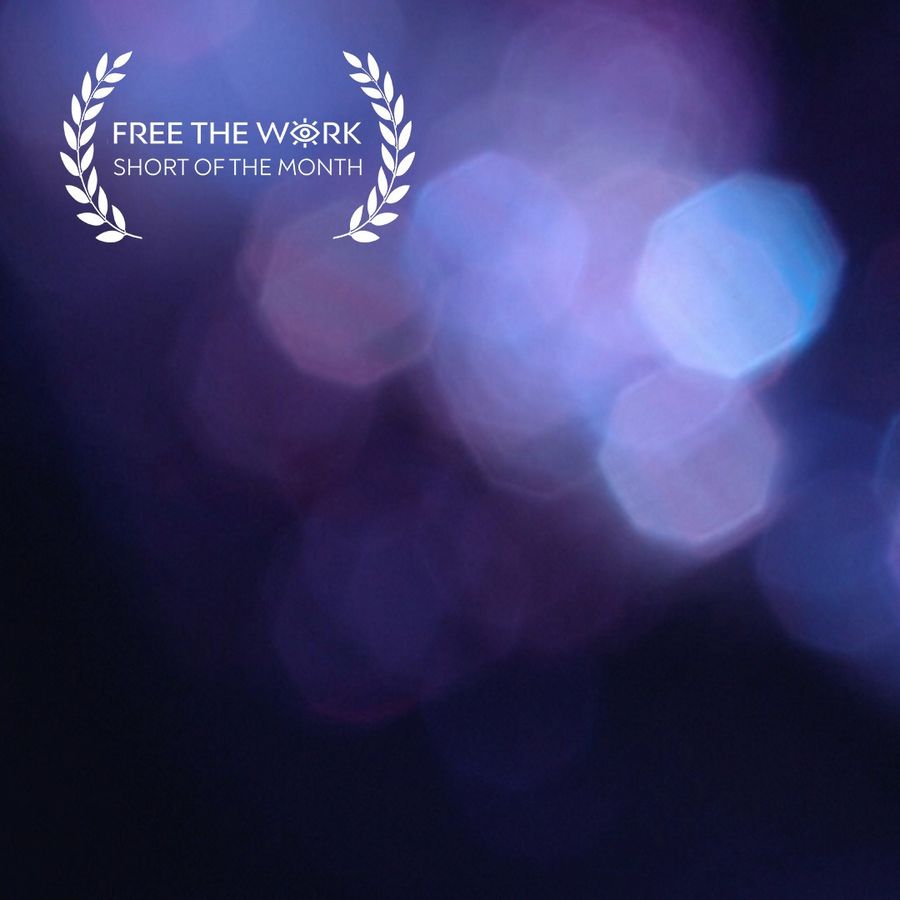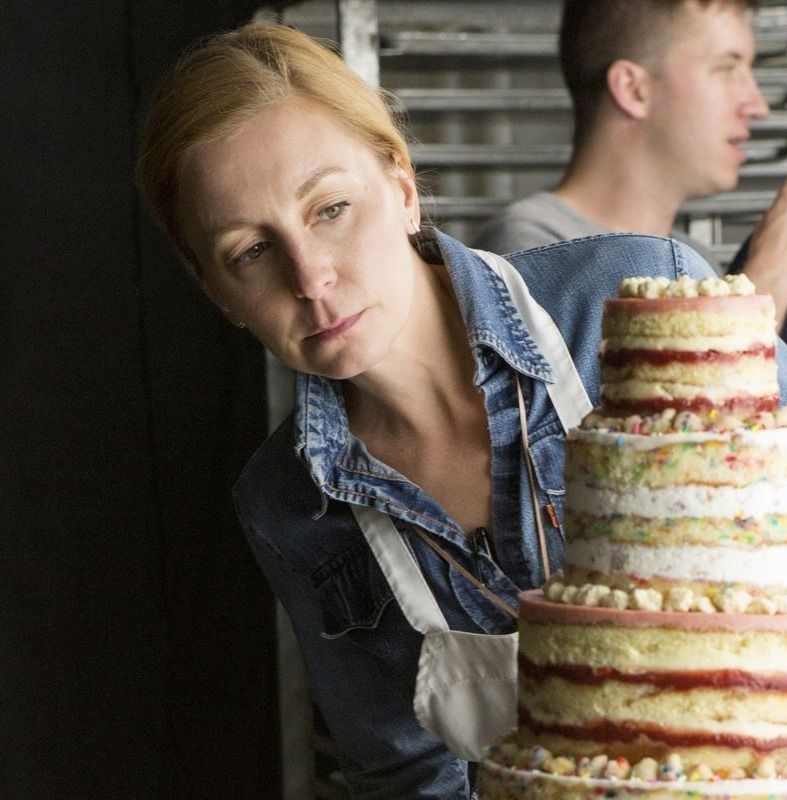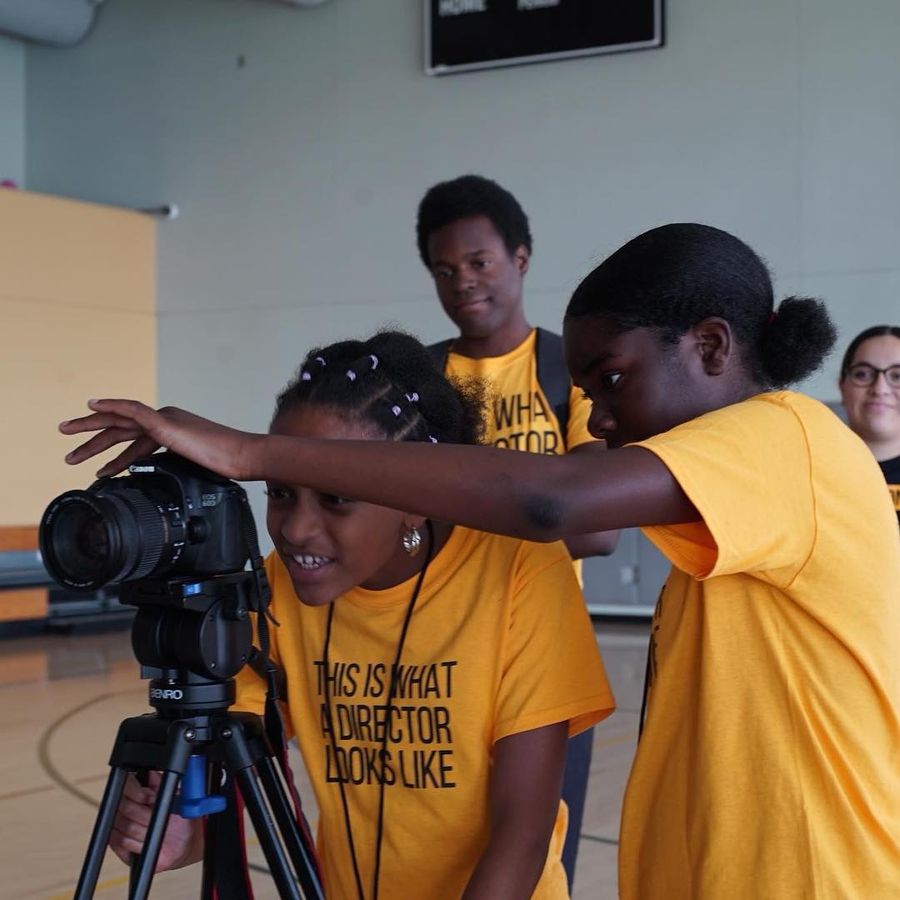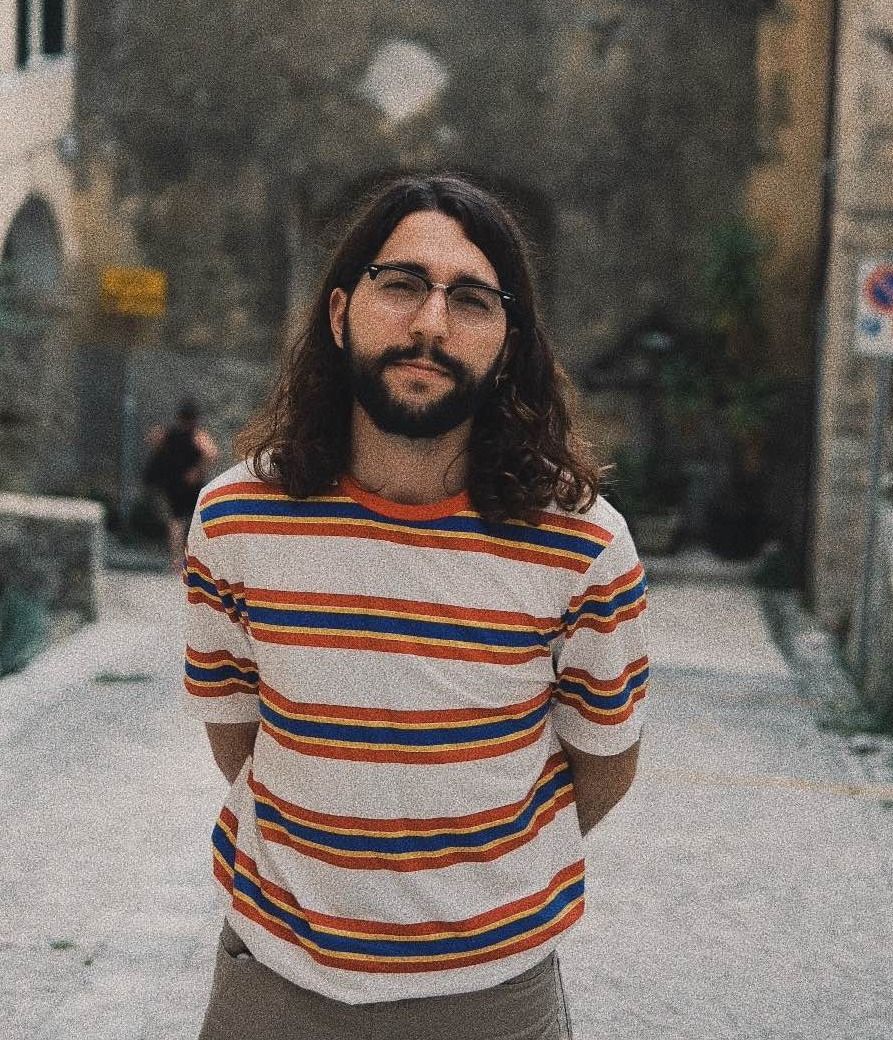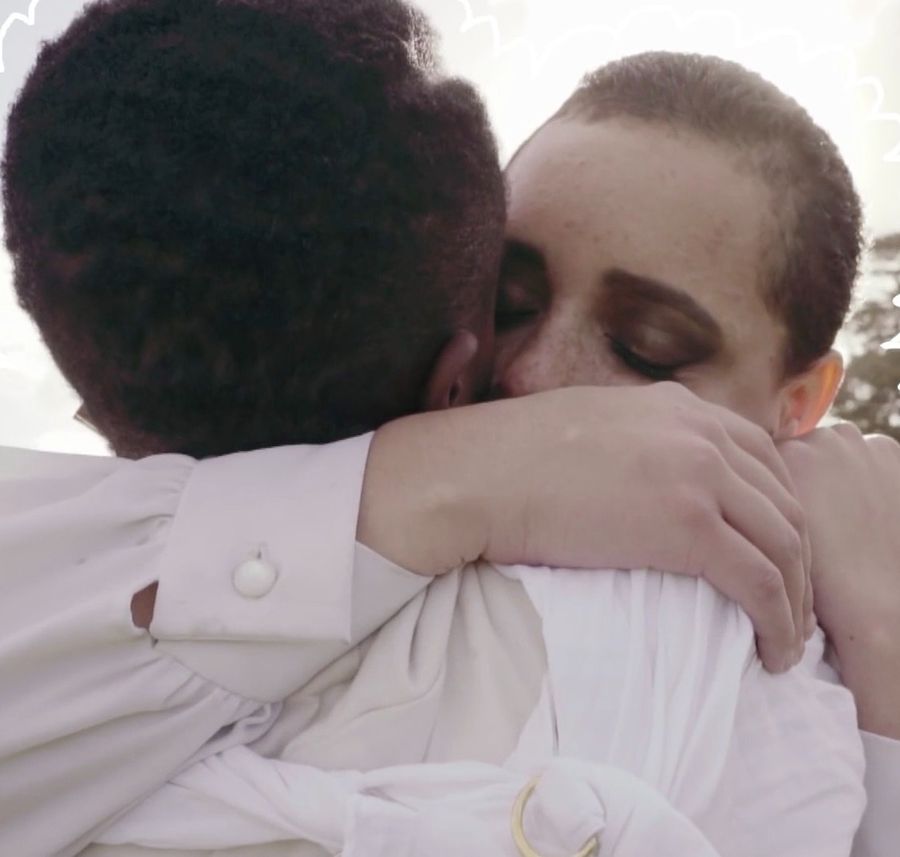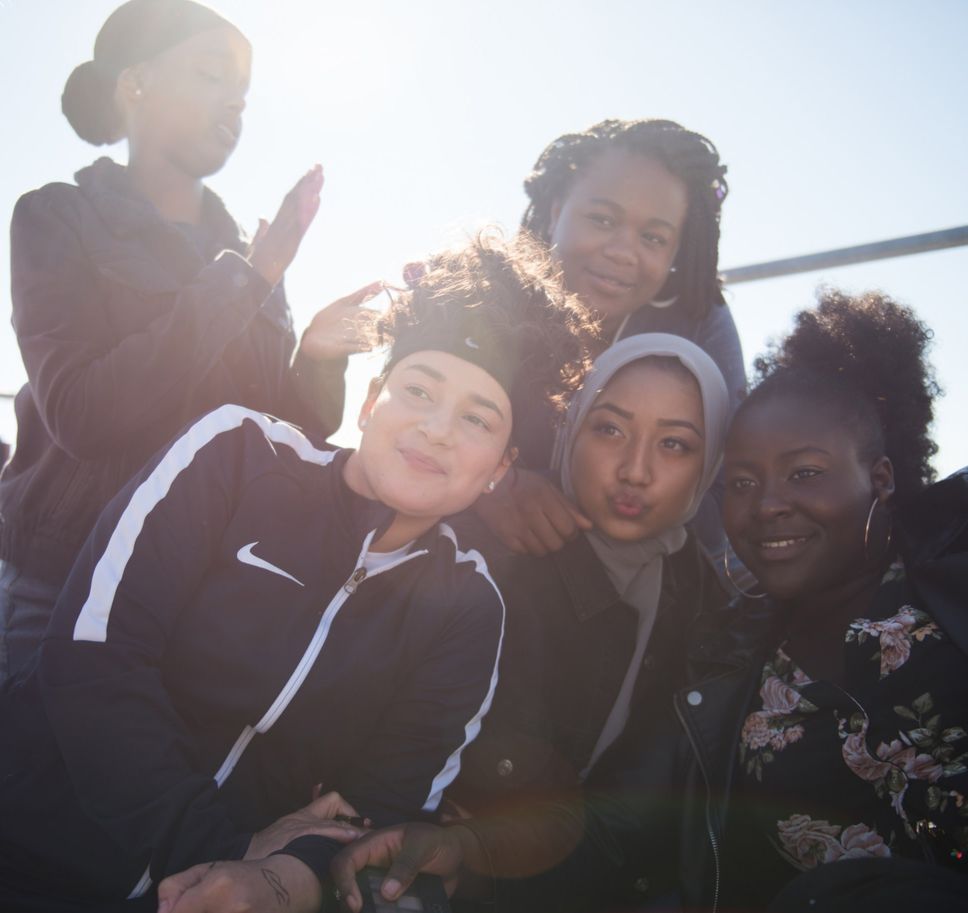All images courtesy of EMPAC, Sara Griffith, Brian Hashimoto, Andrew Schneider & Annie Saunders
The pandemic has forever changed the way we experience life. For all of us, it manifests differently: fear, anxiety, loneliness, yet for some, even reprieve and comfort in solitude. It's something immersive filmmaker Annie Saunders has been thinking about over the past year. With our world opening up, how do we come back together? Slowly, gently.
With her newest experimental film "Rest," Saunders eases viewers back into their bodies, in a kind of preparation for re-entering a whole new real life. The project itself is just the beginning of something more tangible. Perhaps an app, perhaps a video game. It's a prototype she'll be developing with a class she'll be teaching in the fall. Whatever it turns out to be, it's meant to bring back the feeling of presence and togetherness.
Watch the meditative short below (preferably in the comfort of your own home and in a quiet space), then read onto learn about the thoughtful interconnectedness of all of Annie's work.
This interview has been edited and shortened for clarity.
How would you describe "Rest"?
Annie Saunders: It’s a work-in-progress, proof-of-concept film to explore the look and feel of how this work – first conceived as a performance for a chamber orchestra – might exist as an audiovisual experience people can do at home. The idea for the performance installation is that audience comes in, they move through the space, it's dark, and there are lights and spatial sounds that change the space around them. For instance, you think you're in one kind of room, and then a light goes across, and you realize this room is three times as big than you thought it was. It's about perception and resting and what we notice when we stop for a second.
In the pandemic, we got a commission from The Experimental Media and Performing Arts Center at Rennesaeler Polytechic Institute, to expand the idea to include something people could experience at home, on a device. The original performance piece is still in development, but could it also be something else that would be for a device? I think it could be like a conceptual artwork meets meditation app or meets video game. For example, if it said close your eyes, then your camera could see you close your eyes, and then something would change in the audio. So this concept film of "Rest" is the look-and-feel trailer of whatever that digital product might be. But this is just the beginning for it actually. Next up I'm going to teach a class at CUNY in the fall in the Emerging Media department, and the students are going to prototype some versions of the work.
What inspired the piece? Not just thematically, but to take it further into other mediums.
My work I think is about giving people a feeling of presence, of embodiment, of togetherness, of synchronicity, of magic. I've always been looking for ways to extend that reach. Is there a way that we can give people that kind of experience, even if they're not in a space that we are controlling? If they're in their own home? And I think the answer is yes.
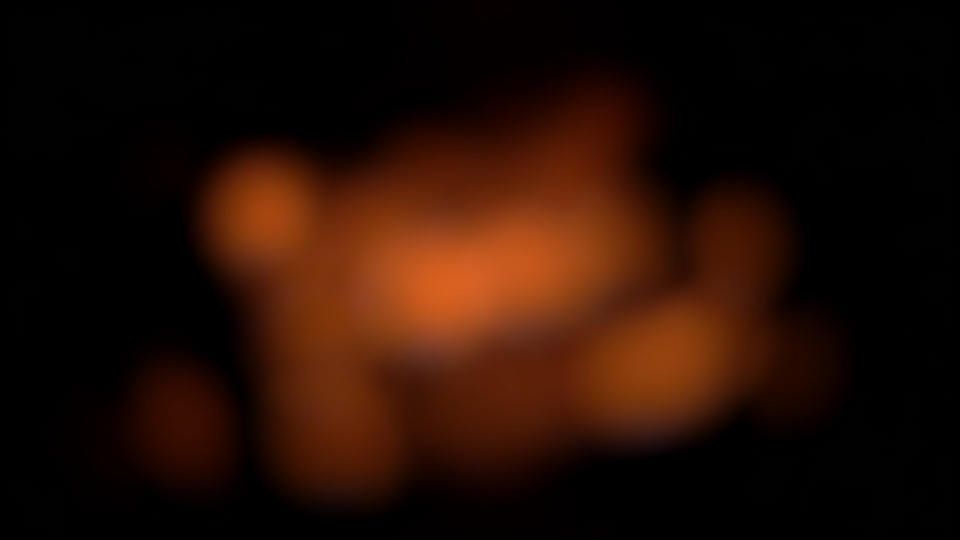
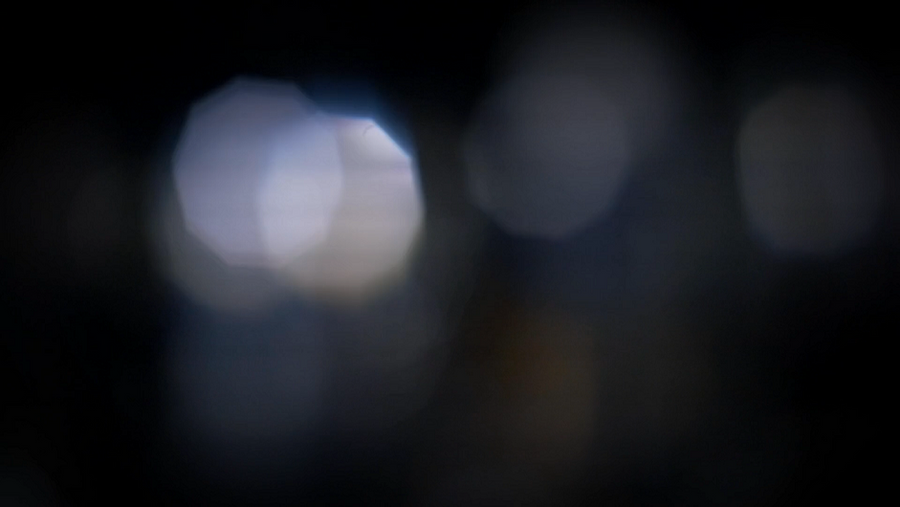

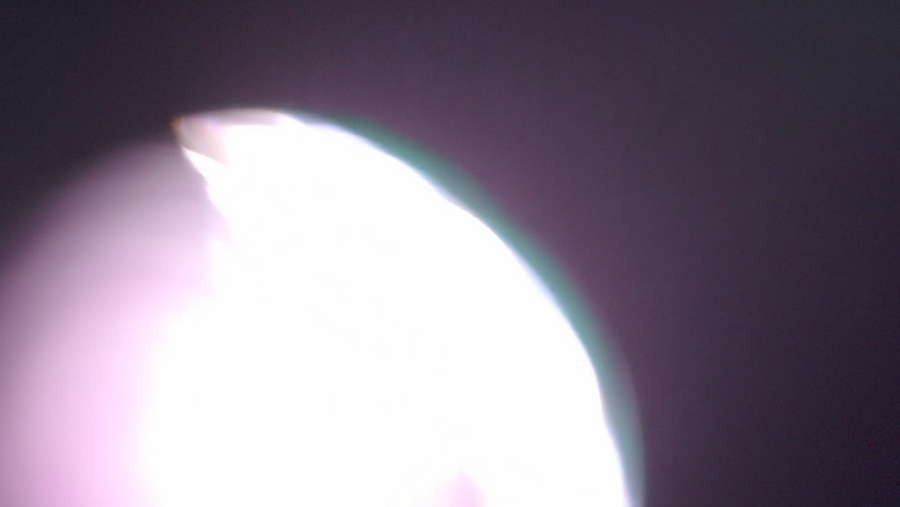


Who came up with the idea and who commissioned it?
I brought the concept for the performance or installation to Chris Rountree, who leads the experimental orchestra in LA Wild Up, and he found this incredible composer, Emma O'Halloran, who is writing the music and devising the work with us. And then the rest of the sound is based on these interviews that I did with people about what resting means, about sensory experience, about relationships with smartphones and the internet, and how those things connect. Some of them are scientists, neuroscientists, physiologists, writers, poets, ecologists, magicians. You hear those field recordings as well in the sound. So the commissioner is the orchestra, and the institutions that are supporting it are the Center for the Art of Performance at UCLA and the Experimental Media and Performing Arts Center (EMPAC) at Rensselaer Polytechnic in upstate New York. That's where we did the residency to make the film, which I made with Andrew Schneider, and all the other collaborators working remotely.
With UCLA and EMPAC involved, did you factor in scientific research?
A lot of the principle of the show is the thesis that we are participating constantly in the creation of reality — that a pause is our only chance of having any grasp of what is going on. One of the inspiration points for "Rest" was when I went in a sensory deprivation tank, and I was like, "Wow, I could just believe that I'm in outer space right now." Then I wondered how much of a suggestion it would take for my body and brain to believe that I was in outer space, and it took hardly any suggestion at all. I realized that, wow, we just are making it up all the time!
We're taking in whatever sensory information is available, and we're just using that to decide what's real and what isn’t, all the time. So a big piece of the work is putting you constantly right at the edge of comprehension. As soon as you think you know, what you're looking at it like is gone.
The purpose of that is to help us all have more of an experience of actually how imaginative our perception is. We are participating all the time in the creation of meaning of the world around us. That's how the science is getting into the work. I spoke to this neurologist, Maryanne Wolf at UCLA. She works particularly on learning, dyslexia, and rest and emotions.
She got on the phone with me for 20 minutes because she was so busy, and told me one thing: “Rest is not a thing that we do. It is a place inside of us. It's a room inside of us, a room that we don't go to. And all of the things that we think are resting, like lying down, or taking a walk or painting or drawing or exercising or taking a vacation — those are vehicles to get to the place inside of us that is rest.”
The author George Saunders said the same. He said: “I thought the opposite of resting was working. Then I realized that actually writing is restful for me, like I am in a flow and I feel good, I feel calm, I feel confident, and I feel like I'm authentic.” He said realized that the opposite of rest is anxiety. And that he works, or rests, to assuage that anxiety, actually. Another neuroscientist (Mary Helen Immordino Yang) said that when we're resting, we're not actually in downtime. What we're doing is transcending. When we're at rest, we're able to understand that we’re part of something larger than ourselves, and that's why it feels nourishing. So all the science gets into "Rest" in various ways.

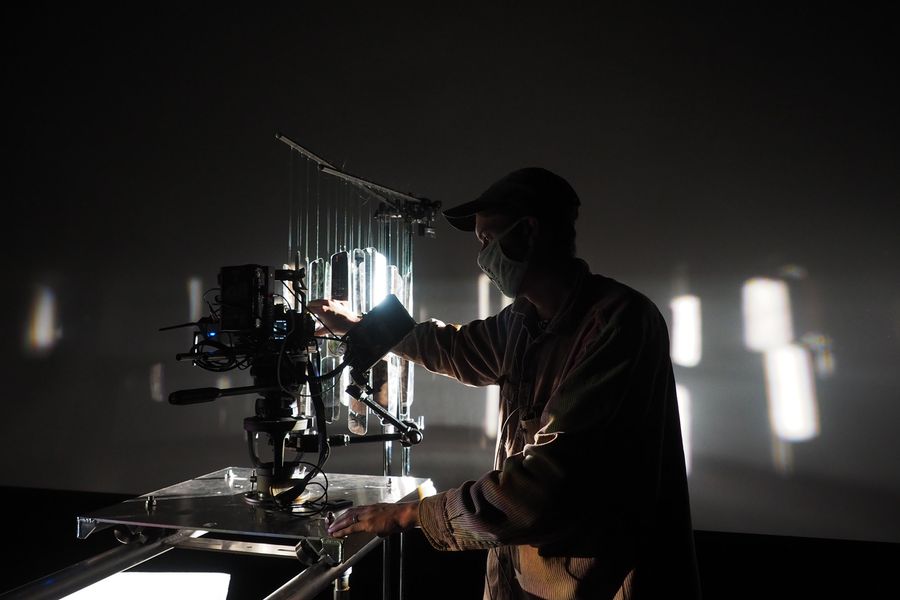
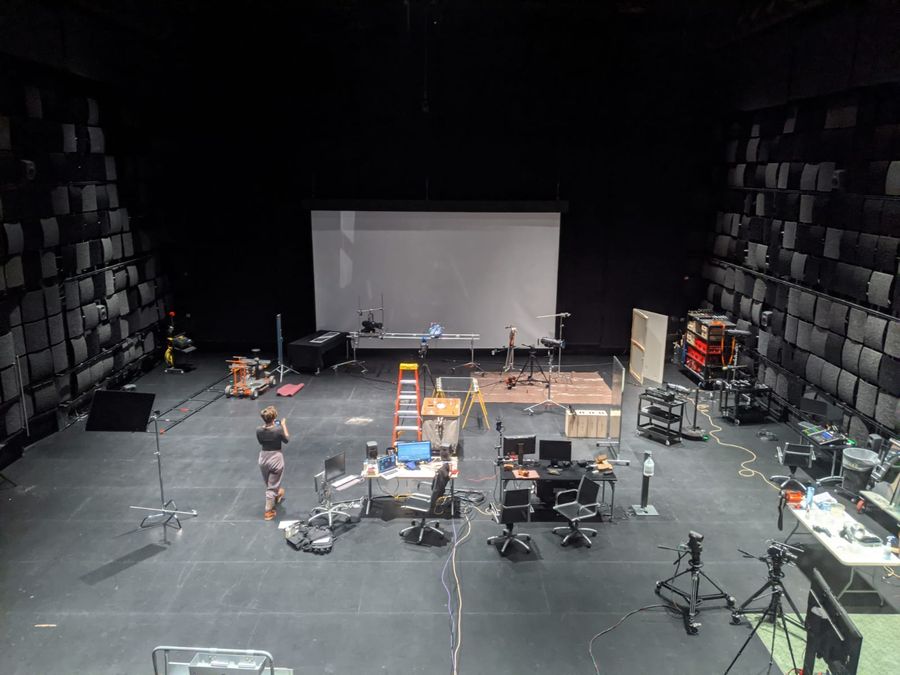

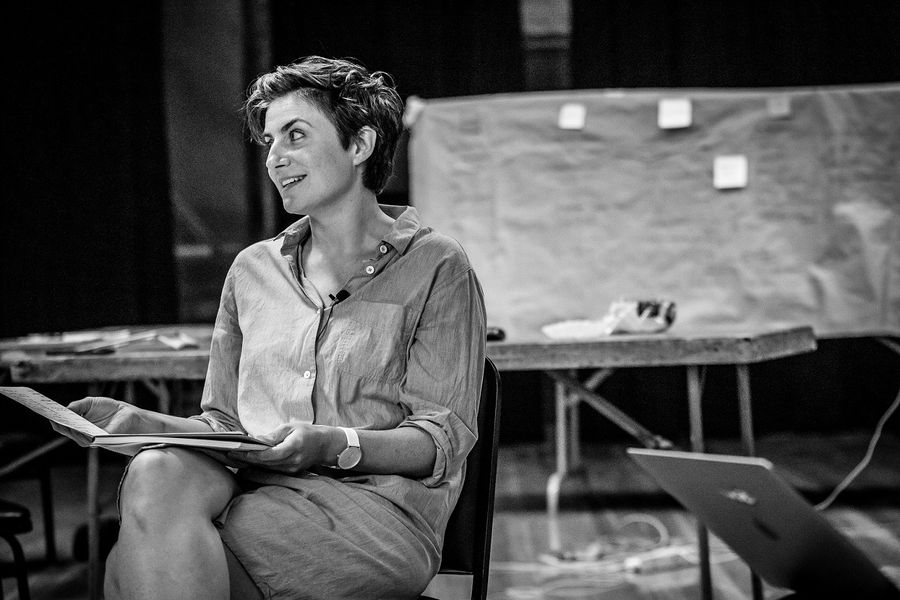
How big was your crew and how did you work with them?
It was me, my collaborator (DP/lighting creator/editor) Andrew Schneider, and then all the people who work at EMPAC helped us. EMPAC is a really amazing place to do a residency because they have a staff of engineers.
Andrew and I wanted to see what we could do with just light and shadow in the camera, to create the same kind of effect we are looking for in the live piece – how can we use light and shadow to play at the edge of comprehension, and to elicit an experience of how we are constantly making decisions about what our senses are taking in. I wanted to give it an embodied feeling that it isn't CG or made on a computer, an organic feeling. What you see in the video is just manipulation of actual light in space.
Did you storyboard the concept or write a list of things you wanted to feel?
We talked a lot, and sent references back and forth, and yes definitely wrote down a list of things we wanted to feel, and then we just experimented. Emma, the composer, sent us a bunch of samples of different sonic and musical ideas that she was having in response to the interviews and the dramaturgical conversations, and Andrew and I would play with them in the room.
We used modifiers like cut glass bowls, water, prisms, fog, different kinds of fabric, a lot of like mylar and different reflective surfaces, like we had 100 rear view mirrors I bought on the side of the road for example, and we would just experiment until we would be like, "Wait, what the fuck was that?" We were looking for those moments.
Coming up next, you have the sound walk in lower Manhattan. Can you tell us more about about that?
It's called CURRENT and it starts in the Tribeca Film Festival in mid June goes through October 1st. I've been thinking a lot about how we are can conscientiously ritualize a return to public space for an audience, for people, for each other. Because the idea that people are going to be just flooding back into sit right next to each other and see Hamilton or whatever is just not realistic. It's not what the body needs, maybe, in this time that has been both disconnected and hyper-connected to our physical selves. We’re thinking more about disease and touch and germs and breath, and all these ways that we physically manifest in the world, yet at the same time being so separate.
So what is the ritualized return to one another, and to the public? So I got this new commission from Arts Brookfield to make a sound walk in lower Manhattan, which will be for people on their own headphones on their own phones. The way the technology that runs the soundwalk is time. So it's not geo-located, what you hear is triggered based on the time of day. What we discovered (I'm working on this with Andrew as well) is that we can be more precise with time than we can with geolocation actually.
How does it work?
So you go to a URL, and you don’t have to download an app or anything. If you're not in lower Manhattan, they will say you're too far away. When you’re in range, you go back to the URL, it tells you and shows you a bunch of showtimes. But the thing that's really important is you don't ever press play. So you just have to be there and have on the URL.
Then you can lock your phone, put it away, and put your headphones on. The audio will start independently of you. For example, you're just standing in the park, and all of a sudden, slowly you start to hear a 3D recording of where you are – Andrew is making those recordings and layering them into the sound design. Then you start to hear our voices when we were there before you, with the day and time we were there. You go all the way down through Lower Manhattan into Battery Park then back up to Zuccotti Park, which is where it starts. And you have an experience that I won't say too much about, but basically you start to see the other people and moments around you in a different way. You start to pay attention in a different way. The intention of the work is the feeling of walking and sensing the city in a new way, temporarily and spatially: the city as a situation, as an event, as an installation, as an organism or an organization, or an organ, a living thing, a big, participatory, theatrical artwork – to be able to see it like that for a little while, in that way.
We're always asking what makes a meaningful experience for people, what makes something feel live, what makes things feel spontaneous, synchronous, intimate, transcendent: what makes it feel like you're connected to something else, something mystical, in a way that wasn't immediately tangible before? Just ways of saying, 'hey, there's something here I want to show you. Come with me.'
CREW
Director: Annie Saunders
Visual Concept Creation/Direction of Photography/Editing: Andrew Schneider
Music Director: Christopher Rountree
Composer: Emma O'Halloran
Dramaturgy: Adah Parris, Rita Williams, and Rachel Joy Victor
Creative Consultants: Jackie Zhou, Mike Merchant, James Okumura and Brian Hashimoto
Music played by Wild Up
Mixer: Lewis Pesacov
